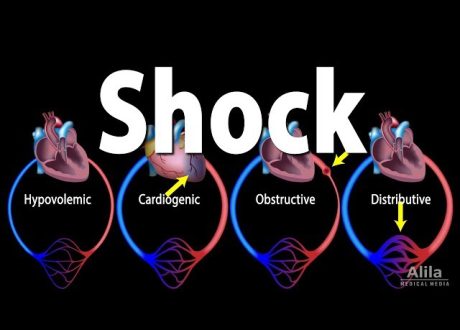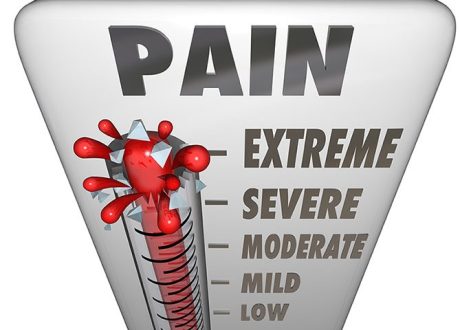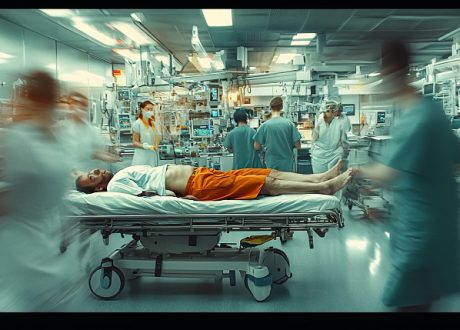Harry Gelissen, MD, MBA1; Harm-Jan de Grooth, MD, PhD1,2; Yvo Smulders, MD, PhD3; et al
Key Points
Questions Does a low-normal oxygenation compared with a high-normal oxygenation target range reduce organ dysfunction in critically ill patients?
Findings This randomized clinical trial included 400 patients in the intensive care unit with at least 2 positive systemic inflammatory response syndrome criteria. Randomization to a target Pao2 range of 8 to 12 kPa vs 14 to 18 kPa resulted in a median SOFARANK score of −35 vs −40 (lower score represents less organ failure severity), a difference that was not statistically significant.
Meanings Among critically ill patients, targeting oxygenation to a low-normal range compared with a high-normal range did not result in a statistically significant reduction in organ dysfunction.
Importance Hyperoxemia may increase organ dysfunction in critically ill patients, but optimal oxygenation targets are unknown.
Objective To determine whether a low-normal Pao2 target compared with a high-normal target reduces organ dysfunction in critically ill patients with systemic inflammatory response syndrome (SIRS).
Design, Setting, and Participants Multicenter randomized clinical trial in 4 intensive care units in the Netherlands. Enrollment was from February 2015 to October 2018, with end of follow-up to January 2019, and included adult patients admitted with 2 or more SIRS criteria and expected stay of longer than 48 hours. A total of 9925 patients were screened for eligibility, of whom 574 fulfilled the enrollment criteria and were randomized.
Interventions Target Pao2 ranges were 8 to 12 kPa (low-normal, n = 205) and 14 to 18 kPa (high-normal, n = 195). An inspired oxygen fraction greater than 0.60 was applied only when clinically indicated.
Main Outcomes and Measures Primary end point was SOFARANK, a ranked outcome of nonrespiratory organ failure quantified by the nonrespiratory components of the Sequential Organ Failure Assessment (SOFA) score, summed over the first 14 study days. Participants were ranked from fastest organ failure improvement (lowest scores) to worsening organ failure or death (highest scores). Secondary end points were duration of mechanical ventilation, in-hospital mortality, and hypoxemic measurements.
Results Among the 574 patients who were randomized, 400 (70%) were enrolled within 24 hours (median age, 68 years; 140 women [35%]), all of whom completed the trial. The median Pao2 difference between the groups was −1.93 kPa (95% CI, −2.12 to −1.74; P < .001). The median SOFARANK score was −35 points in the low-normal Pao2 group vs −40 in the high-normal Pao2 group (median difference, 10 [95% CI, 0 to 21]; P = .06). There was no significant difference in median duration of mechanical ventilation (3.4 vs 3.1 days; median difference, −0.15 [95% CI, −0.88 to 0.47]; P = .59) and in-hospital mortality (32% vs 31%; odds ratio, 1.04 [95% CI, 0.67 to 1.63]; P = .91). Mild hypoxemic measurements occurred more often in the low-normal group (1.9% vs 1.2%; median difference, 0.73 [95% CI, 0.30 to 1.20]; P < .001). Acute kidney failure developed in 20 patients (10%) in the low-normal Pao2 group and 21 patients (11%) in the high-normal Pao2 group, and acute myocardial infarction in 6 patients (2.9%) in the low-normal Pao2 group and 7 patients (3.6%) in the high-normal Pao2 group.
Conclusions and Relevance Among critically ill patients with 2 or more SIRS criteria, treatment with a low-normal Pao2 target compared with a high-normal Pao2 target did not result in a statistically significant reduction in organ dysfunction. However, the study may have had limited power to detect a smaller treatment effect than was hypothesized.










